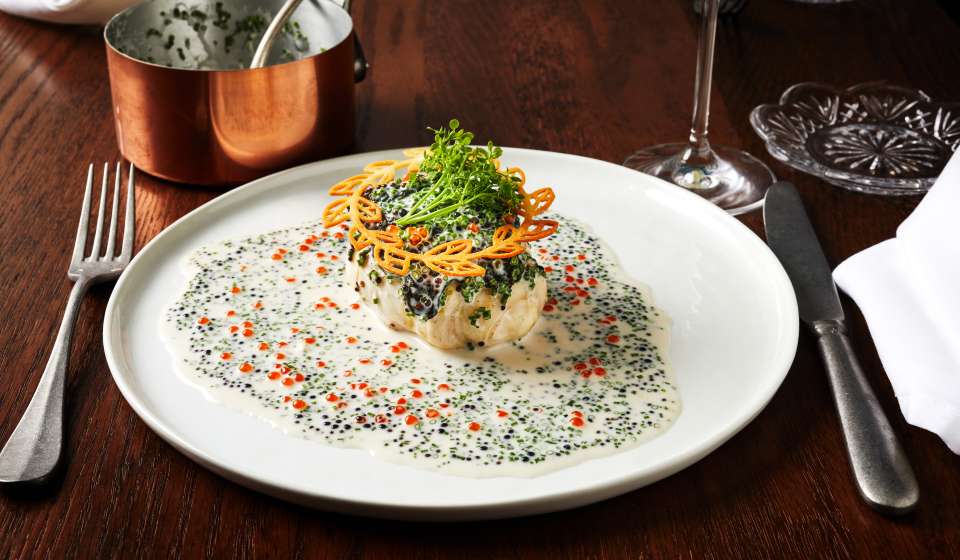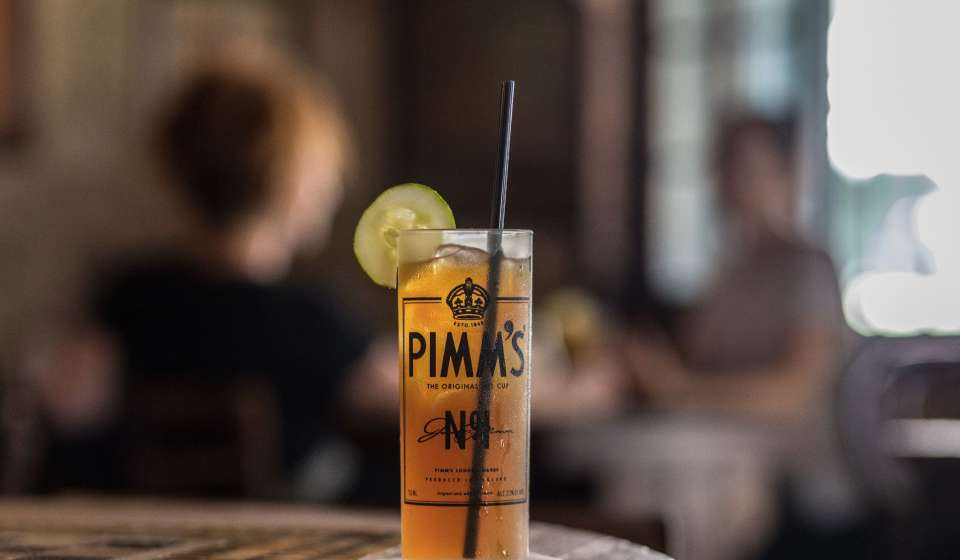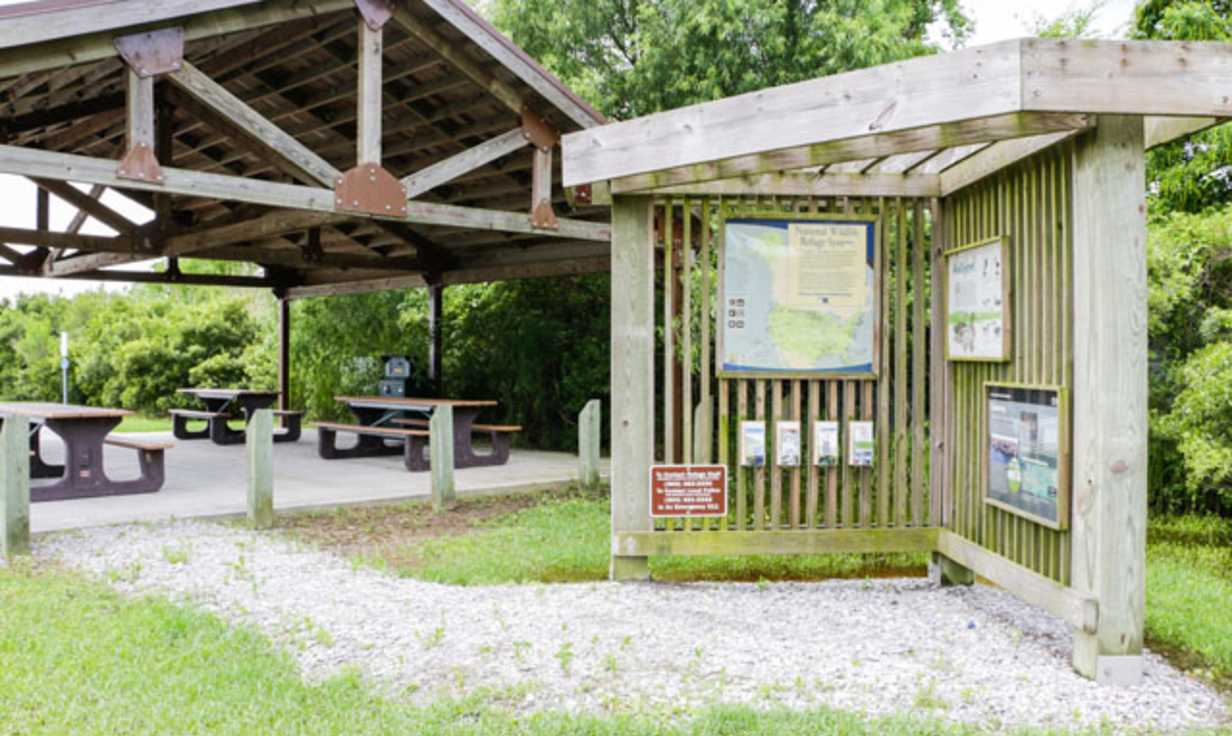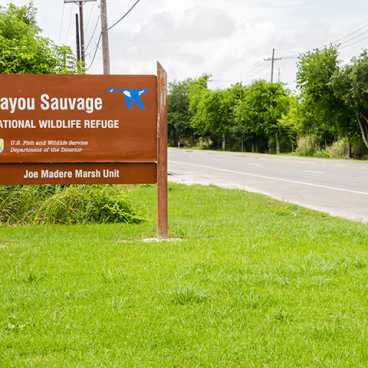-
Wedding Tools
- Complimentary Planning Assistance
- Destination Wedding Guide Digital Copy
- Elopement Packages
- Marriage License & Legal Essentials
- Checklist
- Welcome Bag Ideas
- Second Lines
- The History of Wedding Umbrellas and More in New Orleans
- Wedding Cake Pulls
- Destination Wedding Guide Printed Copy
- Wedding Inspiration
-
Venues
-
Vendors
-
Pre & Post Wedding
- Wedding Inspiration
- Contact Us
-
Why New Orleans Is Built To Host
- Hotels
-
Meeting & Event Venues
-
Services & Planning Tools
-
Group PR & Marketing Tools
- Convention Calendar
- Testimonials
- Awards
-
Online RFP
- Availability Grid
- Contact Us
-
Things to Do
-
Eat
-
Drink
-
Stay
- Book a New Orleans Hotel
- Hotel Directory
- Bed And Breakfasts: Hotels - New Orleans & Company
-
Places To Stay: New Orleans Hotels - New Orleans & Company
- Saint Charles Avenue Hotels
- Luxury Hotels
- Garden District Hotels
- French Quarter Hotels and Lodging
- Downtown/Central Business District Hotels and Lodging
- Bourbon Street Hotels
- Green Hotels
- Bourbon Street Balcony Hotels - New Orleans & Company
- Haunted Hotels in New Orleans
- Pet-Friendly Hotels
- Historic Hotels
-
Calendar
-
Trip Planning Tools
- Insider's Blog
- LOVENOLA.TV 24/7 Broadcast
-
Weddings
-
Wedding Tools
- Complimentary Planning Assistance
- Destination Wedding Guide Digital Copy
- Elopement Packages
- Marriage License & Legal Essentials
- Checklist
- Welcome Bag Ideas
- Second Lines
- The History of Wedding Umbrellas and More in New Orleans
- Wedding Cake Pulls
- Destination Wedding Guide Printed Copy
- Wedding Inspiration
-
Venues
-
Vendors
-
Pre & Post Wedding
- Wedding Inspiration
- Contact Us
-
Wedding Tools
-
Meeting Planners
-
Why New Orleans Is Built To Host
- Hotels
-
Meeting & Event Venues
-
Services & Planning Tools
-
Group PR & Marketing Tools
- Convention Calendar
- Testimonials
- Awards
-
Online RFP
- Availability Grid
- Contact Us
-
Why New Orleans Is Built To Host
-
Groups
-
Travel Professionals
-
Membership
-
Press and Media
- Community

Bayou Sauvage National Wildlife Refuge
- P: (985) 882-2000
- (Directions)
P: (985) 882-2000
(Directions)
P: (985) 882-2000- Visit Website
- Neighborhood:Gentilly/New Orleans East/Chalmette
-
hours
Hours of Operation:
- Fishing/Hunting
- Nature
Visitors to New Orleans, and most locals, are certainly familiar with the French Quarter, St. Charles Avenue, the Riverfront, the cemeteries and other historic and scenic attractions. However, one of the city’s most visually interesting attractions is little-known and seldom visited, even though it covers over 24,000 acres.
Tens of thousands of people pass through the Bayou Sauvage National Wildlife Refuge each day, yet most of them don’t realize it or get to see the attractions it offers. Driving along I-10 in New Orleans East between the twin bridges that cross Lake Pontchartrain and mile marker 249, you are going through the heart of the national wildlife refuge but, other than an occasional waterfowl flying overhead, you won’t see much of the vast marsh’s beauty until you get off the main highway and explore it on foot or by boat.
Established in 1990, Bayou Sauvage offers stretches of fresh and brackish (a combination of fresh and salt water) marshes and coastal hardwood forests as far as the eye can see. During the warm months of the year it teems with wildlife and plant life, offering up some of the most exotic flora and fauna you’ll ever get to see up close.
All of the national wildlife refuge is within the city limits of New Orleans, only 15 minutes from the French Quarter and downtown, making it the nation's largest urban national wildlife refuge. Most of the refuge is inside massive hurricane protection levees, built to hold back storm surges and maintain water levels in the low-lying city.
Flora and Fauna of the National Wildlife Refuge
On a good day, when the water levels in the marsh are high, you are likely to see alligators, snakes (Beware, though; many are poisonous water moccasins. Observe them only from a safe distance.) and other waterborne birds and rodents. Many aquatic flowers flourish there, including the exotic-looking purple water hyacinths (in late spring/early summer), water lilies, pickerelweed, lotus flowers and other colorful species.
Other marsh grasses include wiregrass, fall panicum, switchgrass, sprangletop, and coastal waterhyssop. The freshwater bodies are characterized by coontail, water-celery, and southern niad. The refuge contains a variety of different habitats, including freshwater and brackish marshes, coastal hardwood forests, lagoons, canals, borrow pits (large holes dug out for construction dirt and filled with water), cheniers (former beach fronts lined with trees) and natural bayous.
These habitats are important to waterbirds, such as waterfowl, wading birds, shorebirds, and secretive marsh birds. In all, more than 340 numbered bird species can be found during various seasons of the year, including wading birds like white egrets, blue herons, crowned night herons and web-footed paddlers that include many species of ducks and geese.
Peak waterfowl populations of over 25,000 use the wetland areas during the fall, winter and early spring months. Several colorful woodpecker species take advantage of the insect-ridden dead tree trunks, while tiny, multicolored warblers flit from tree to tree, nabbing flying insects while in-flight themselves. And, during the cooler months late in the year, the national wildlife refuge plays host to thousand of migratory birds that either roost there for the winter or stop over on their way to the warmer tropical regions to the south.
Common mammals found in the refuge are white-tailed deer, squirrels, otters, raccoons, feral hogs (wild boars), nutria (a muskrat-like burrowing rodent), and mink. Noisy bullfrogs and turtles are also common on the refuge.
The freshwater lagoons, bayous and ponds serve as production areas for many edible fish species, including largemouth bass, crappie, bluegill and catfish. The brackish marshes along Lakes Pontchartrain and Borgne are dominated by wiregrass and serve as waterbird habitats and as nurseries for various fish, crabs and shrimp.
Limited hunting, fishing and crabbing is allowed within the boundaries of the national wildlife refuge at certain times of the year. Check the regulations and make sure you acquire the proper permits ahead of time.
The national wildlife refuge is especially attractive in the fall, which, in the sub-tropical Deep South comes late; often in late November through December. Swamp maples display their red and gold hues, along with chinaberry trees and others, all of which can be seen from wooden walkways and other elevated trails and overlooks, accessible from the seldom-used U.S. Highways 90 and 11. Signs along the highways indicate where the pullover areas are.
Bring your binoculars and – especially – your cameras. There is plenty to see and photograph but you won’t be able to get TOO close to much of the wildlife in the national wildlife refuge. After all, they don’t call them WILDlife for nothing. And don’t try to bring them in closer by feeding them: there’s plenty of food out there that’s already part of their natural diets.
For those who prefer to get off the public walkways and see the swamp and marsh on eye level, the national wildlife refuge offers ample access for canoes, kayaks and other small paddle watercraft (motorcraft are restricted to certain areas). Small boats can be launched from several locations.
Click here to view or print out a handy PDF map.
Other documents, maps and brochures related to the refuge can be found here www.fws.gov/bayousauvage/.












